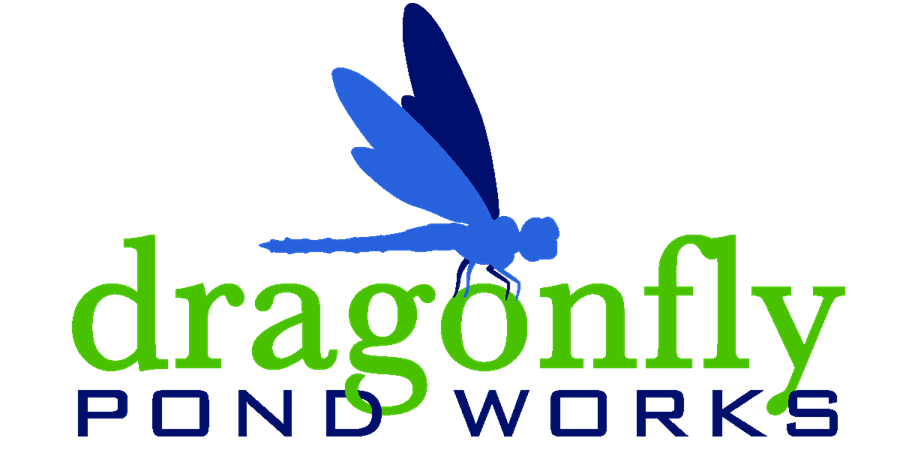Successful Pond Management: The More You Know...
The more you will want to promote healthy lakes and ponds and protect dragonflies! Preservation of natural spaces, successful pond management and plant selections are the key to a thriving dragonfly habitat.
After spending anywhere from two months to two years in the water, the dragonfly nymph is ready to become a full-fledged flying and hunting machine. These are pictures of multiple dragonfly nymph exoskeletons as they were leaving the larval stage, recently photographed by Thomas Moore at one of our maintained ponds in Holly Springs, NC. The nymphs climbed up reeds located in a littoral shelf at the pond's edge. In this picture they used well placed and maintained pickerel weed for a resting spot and waited for the sun to dry them out. Once dry, a weakness in the exoskeleton developed which enabled each dragonfly to break free. Since it is wet and essentially a newborn again, this is the most vulnerable stage.
Once free of this exoskeleton (now called exuvia), it will stretch and expand its wings. Dragonflies will then leave the pond for roughly a week, to taste a little bit of their newfound freedom, before returning to their birth pond to continue their lives for up to 5 years.
Dragonfly habitats depend on a combination of careful planning, the right plants and meticulous pond management in order to survive. Whether you are converting a dry detention basin to a pond or want to bring your current pond back to health - Dragonfly Pond Works can help you achieve a healthy future for your pond.
